Capital flows to river project
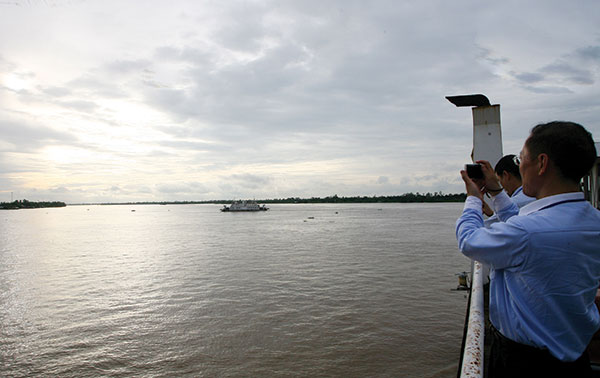
The much debated and delayed waterway passage project for the Hau River has finally received financial assurances
Photo: Le Toan
After several years of discussions, the National Assembly Standing Committee last week issued a resolution allocating VND6.1 trillion ($290.47 million) as government bond-based capital for the first stage of this VND9.781 trillion ($465.76 million) project.
The project initially received government bond-based investment worth VND929.3 billion ($44.25 million) for the 2009-2010 period. However, work was delayed in 2010 due to a lack of capital.
Expected to be completed by 2017, this 46.5-kilometre project running through Tra Vinh’s Duyen Hai and Tra Cu districts will allow 10,000-20,000 dead weight tonnage ships to travel in and out of ports on the Hau River.
“The project is crucial and a life-line waterway for economic development of the whole Mekong Delta region,” said Minister of Planning and Investment Bui Quang Vinh, who last week asked the committee to allocate funding to the project.
“The project must be done as soon as possible in order to facilitate the Mekong Delta region’s socio-economic development and attract more investment,” said the National Assembly’s Vice Chairwoman Tong Thi Phong.
At present, the region’s import-export cargo volume is around 15 million tonnes per year. The region’s two largest seaports, Can Tho and Cai Cui are only capable of accommodating vessels of 3,000-5,000 DWT, leaving the region’s river and seaport systems only capable of handling 20 per cent of the region’s cargo volume.
Up to 80 per cent of the region’s exported and imported cargo must go through the ports of Ho Chi Minh City and Ba Ria-Vung Tau province, causing traffic gridlock in these areas. Moreover, the transport distances results in an average $10 increase on unloading costs for each tonne of goods.
“It is roughly estimated that if cargo is transported directly on the Hau River, we can save about VND10 trillion ($476.2 million) each year until 2020,” Vinh said. “Construction of this project is also vital to the operation of the coal-fired Duyen Hai power centre, because without it, the centre’s port will not be able to receive coal.”
However, some members from the National Assembly’s Finance and Budget Committee who disagreed with the project argued that the project was ineffective because it did not link with the region’s seaport, waterway and expressway planning, and because its investment capital had tripled against the initial estimates.
The project was first approved by the Ministry of Transport (MoT) in November 2007, with the total investment capital of nearly VND3.15 trillion ($150 million). However, in August 2013, the MoT adjusted the project’s details and investment fund, which soared to VND9.781 trillion (over $465.76 million). Japan’s investment consultancy joint venture PortCoast-Nippon Koei made the budget adjustments.
The MoT in late December 2013 approved the project’s environmental impact assessment report, affirming that “the project’s implementation will not adversely affect the environment.”
What the stars mean:
★ Poor ★ ★ Promising ★★★ Good ★★★★ Very good ★★★★★ Exceptional
Latest News
More News
- Long Thanh International Airport's road to success paved with obstacles (August 31, 2024 | 21:37)
- Thua Thien – Hue calls for investment in 32-trillion-VND steel project (August 30, 2024 | 17:24)
- Japanese investors pour over 1.3 billion USD into Ha Nam (August 30, 2024 | 16:08)
- Cinemas offering new concepts for growth (August 30, 2024 | 16:00)
- Southeast region may gain specialised FDI policies (August 30, 2024 | 15:29)
- Google mulls development of hyperscale data centre in Vietnam (August 30, 2024 | 11:41)
- Russia’s Pskov oblast always welcomes Vietnamese investors (August 30, 2024 | 10:46)
- 500kV circuit 3 transmission line inaugurated on August 29 (August 29, 2024 | 11:59)
- Ba Ria-Vung Tau’s BR-VT Smart app makes breakthrough in digital transformation (August 29, 2024 | 10:00)
- Hung Yen bags upbeat outcomes in socioeconomic development (August 28, 2024 | 19:00)



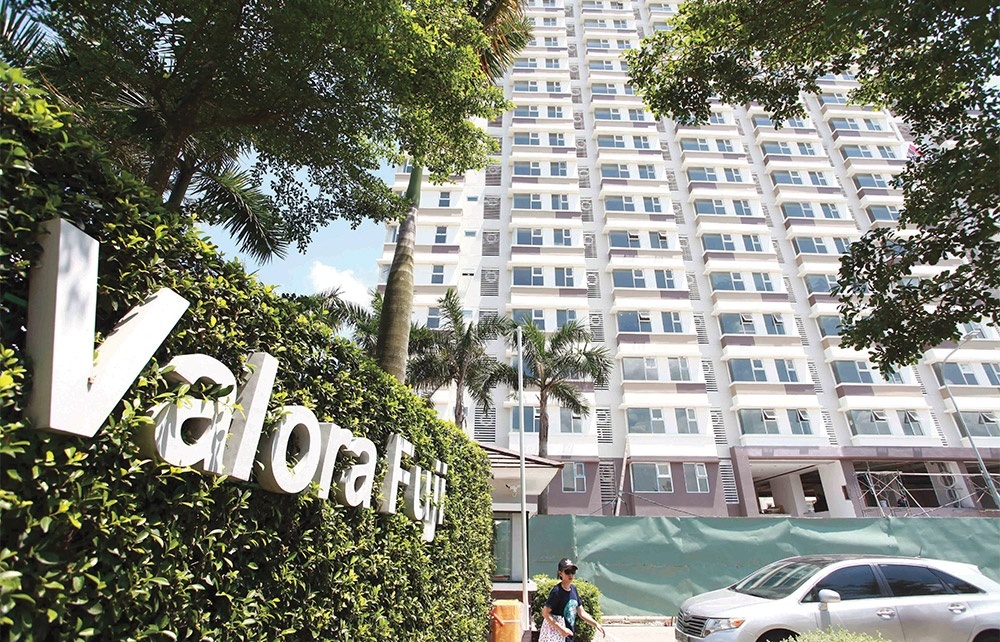


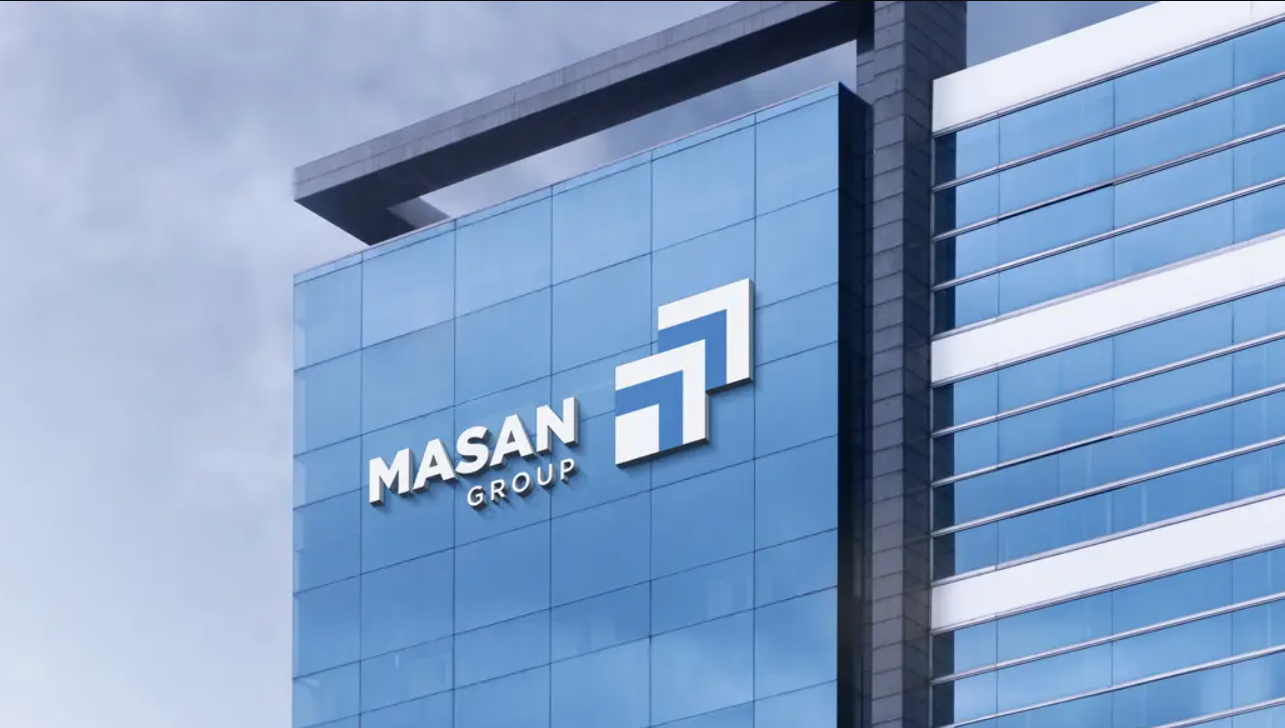
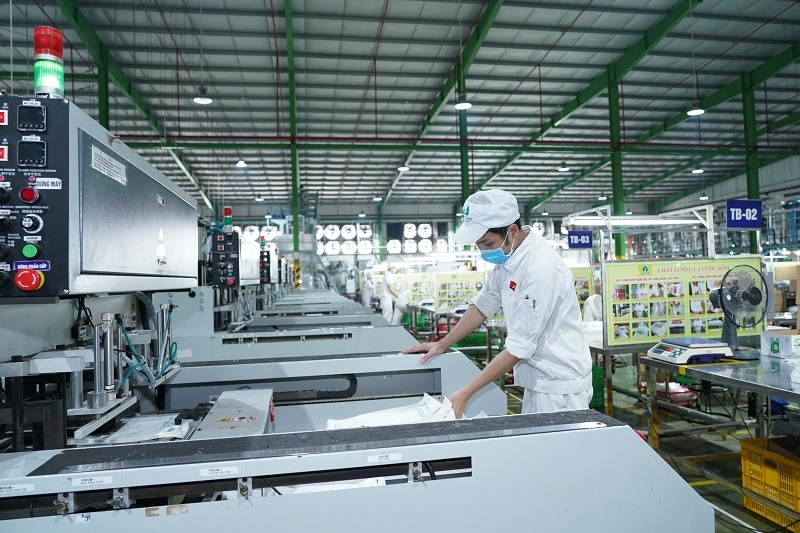




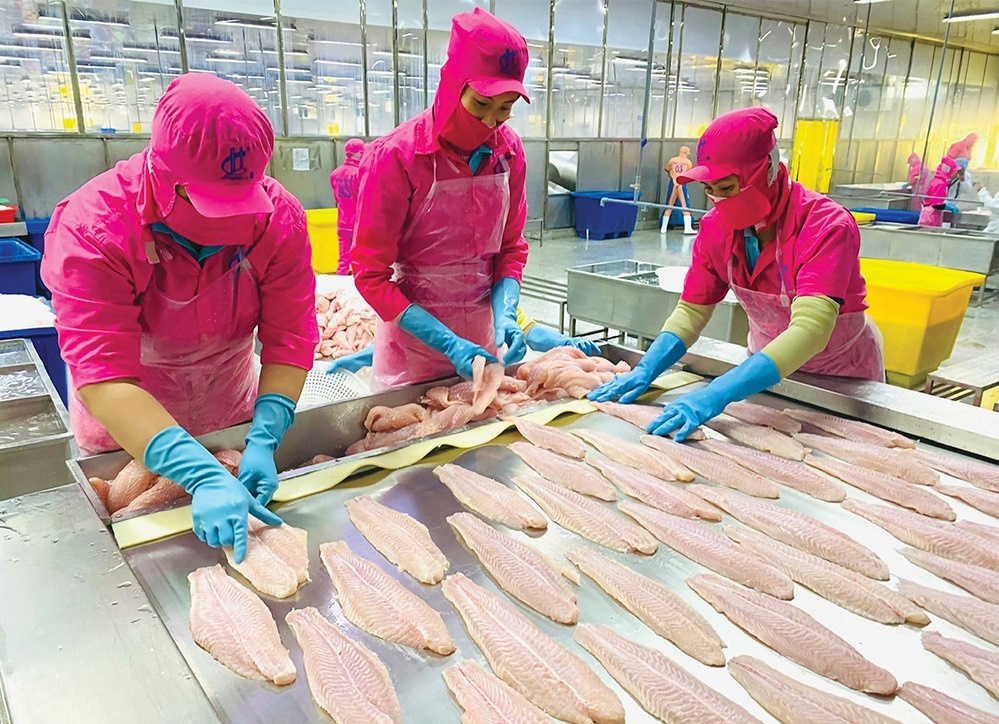
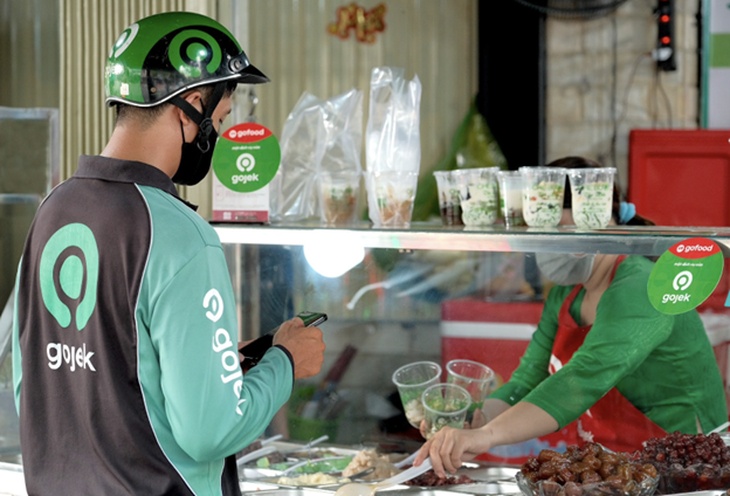



 Mobile Version
Mobile Version